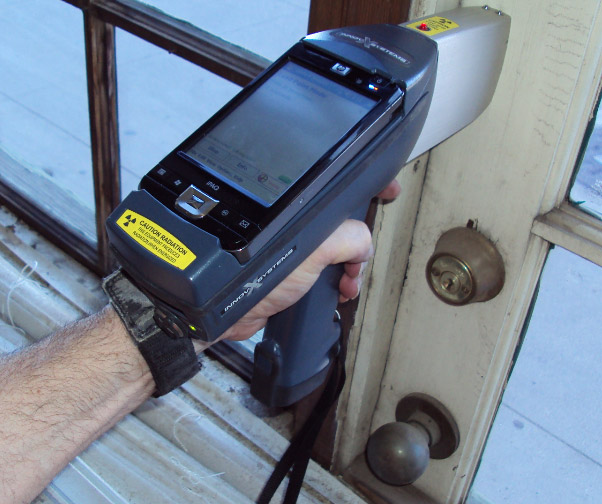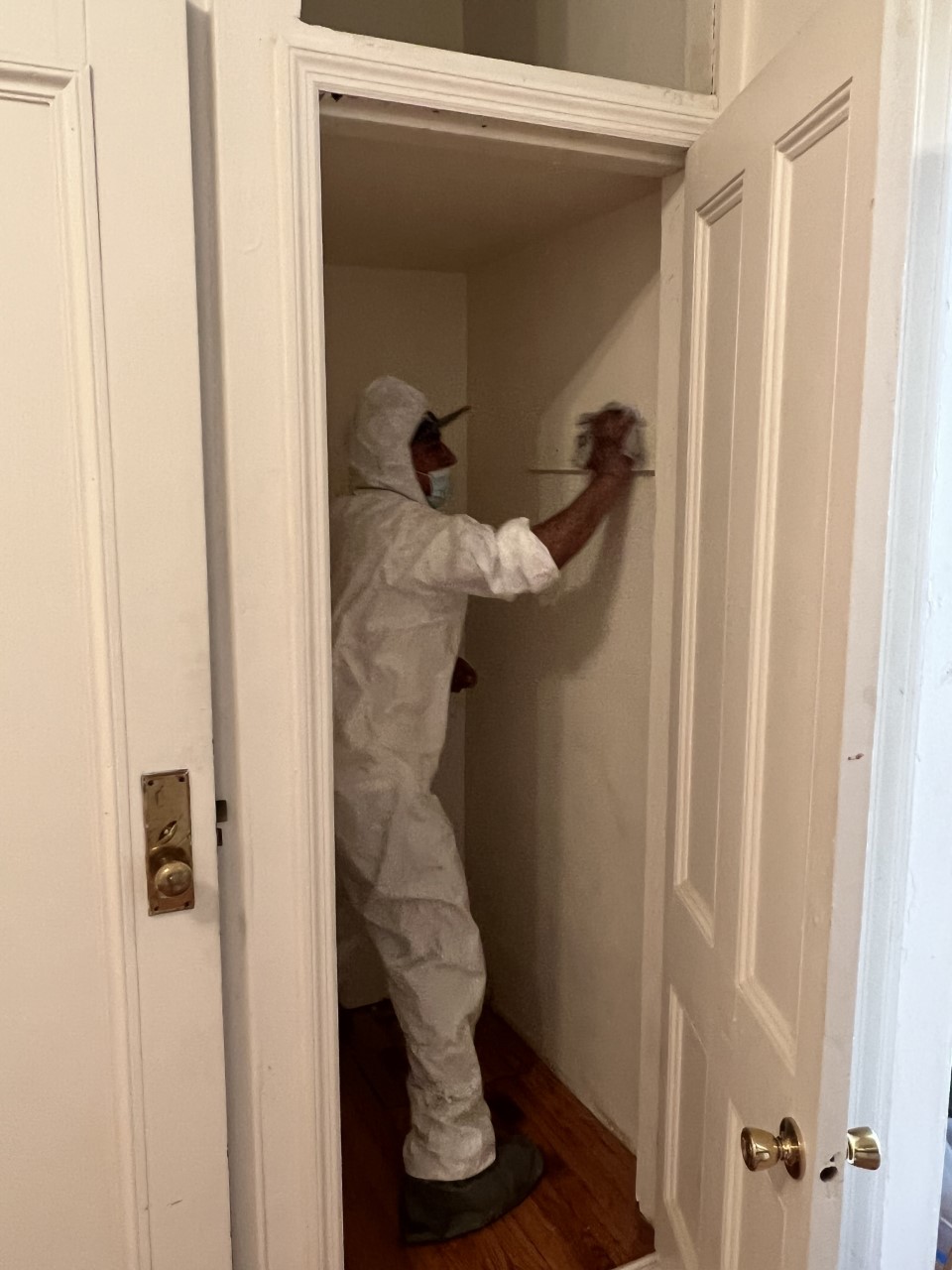Professional Lead Paint Removal Company-- Offering All NYC Boroughs
Professional Lead Paint Removal Company-- Offering All NYC Boroughs
Blog Article
Step-by-Step Refine for Effective Lead Violation Remediation
Following this, adherence to government and state laws is extremely important to creating a reliable remediation strategy. The actual removal needs experienced employees to carry out these plans while purely following safety and security procedures. What takes place after the remediation is finished?

Detection and Evaluation
Discovery and assessment are important actions in the removal of lead violations. To make sure a reliable remediation process, it is vital to perform a thorough evaluation of the atmosphere where possible lead direct exposure exists.
This consists of reviewing the level and intensity of contamination, as well as determining populations at risk, specifically youngsters and expecting ladies. The gathered information must be thoroughly documented to support the growth of an efficient remediation technique.
Moreover, it is essential to focus on locations with the greatest levels of contamination and those that posture the best health threats. Efficient communication with stakeholders, consisting of property proprietors, locals, and public wellness authorities, is essential for ensuring that all events are notified concerning the findings and the succeeding steps needed for remediation. This first detection and analysis phase prepares for a successful lead offense remediation procedure.

Legal and Regulatory Conformity
Browsing the landscape of legal and regulative conformity is a critical element of effective lead violation removal. Conformity ensures not only the safety and security of affected populations yet also the trustworthiness and lawful standing of the company responsible for remediation.
State and regional policies can vary, commonly enforcing added commitments or even more stringent standards. A detailed understanding of all pertinent lawful structures is important. This includes careful paperwork of all remediation activities to demonstrate compliance. Failing to stick to these laws can cause serious charges, including significant fines, lawful activity, and reputational damages.
Engaging legal specialists concentrated on ecological regulation can promote browsing these complexities. Regular training and qualification for all workers associated with the remediation procedure are likewise obligatory to ensure adherence to safety and security and regulative standards. By focusing on lawful and regulatory conformity, organizations can effectively minimize dangers and achieve an effective remediation end result.
Planning the Removal
Successfully planning the remediation of lead infractions starts with an extensive analysis of the contaminated site. This data-driven technique ensures that remediation initiatives are suitably targeted and efficient.
Once the contamination is mapped, a danger analysis should be carried out to examine possible health risks to people and the atmosphere. Lead Violation Removal in NYC. This analysis needs to consider elements such as exposure pathways, population susceptability, and eco-friendly influences. The understandings gathered will form the basis for selecting a suitable remediation method
Ultimately, establishing clear, possible purposes for the removal project is important. These goals should line up with regulatory standards and stakeholder expectations to make sure compliance and area approval. Creating a thorough removal strategy that details techniques, timelines, and resource allotment will help with a structured approach to the cleaning procedure.
In addition, it is crucial to engage with stakeholders early and maintain clear interaction throughout the planning phase. This consists of educating regional neighborhoods, obtaining necessary authorizations, and collaborating with regulative agencies to ensure all lawful and step-by-step demands are fulfilled. A well-crafted remediation strategy not only deals with the contamination properly however also constructs trust and cooperation amongst all index events included.
Carrying Out the Remediation
With a well-structured remediation plan in area, the focus changes to the real execution of the removal activities. This stage involves setting in motion the needed resources, consisting of proficient workers, customized equipment, and high-quality materials. Begin by plainly delineating duties and duties to make certain accountability and seamless sychronisation amongst employee.
The preliminary action in implementation is to protect the website. This consists of establishing control locations to prevent lead dust and debris from spreading, in addition to using air purification systems Visit This Link to maintain air quality. Next, proceed with the removal of lead-based products. Use methods such as damp scuffing, chemical stripping, or encapsulation, relying on the extent and area of the contamination. It is essential to stick to security procedures, consisting of making use of personal safety tools (PPE) and correct disposal of dangerous products.
Throughout the removal procedure, conduct regular evaluations and air high quality keeping an eye on to ensure conformity with regulative requirements. Effective communication with stakeholders, consisting of homeowner and passengers, is vital to maintain them educated of development and any type of unexpected growths. By thoroughly complying with these actions, the removal activities can be implemented efficiently and efficiently, eventually mitigating lead hazards.
Post-Remediation Techniques
Post-remediation strategies play a critical function in making certain the lasting success of lead infraction removal initiatives. These techniques incorporate continuous monitoring, maintenance, and area education to stop future lead exposure and guarantee a secure environment.
First, normal monitoring is important. This involves regular screening of the previously impacted areas to make sure that lead degrees stay within risk-free restrictions. Homeowner ought to establish a routine for these tests, preferably in cooperation with certified environmental professionals.

Third, enlightening the area plays a pivotal role in sustaining the benefits of removal. Homeowners and home supervisors need to be notified concerning the threats of lead direct exposure and the most effective techniques for maintaining a lead-safe setting. Workshops, informational pamphlets, and area conferences can be reliable devices for distributing this information.
Final Thought
Successful lead violation remediation needs a detailed, organized method including discovery and analysis of contamination, adherence to legal and regulatory criteria, thorough preparation, and reliable execution of remediation efforts. This methodical process highlights the importance of thoroughness and caution in resolving and alleviating lead contamination.
Report this page